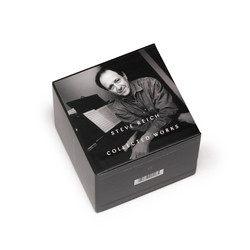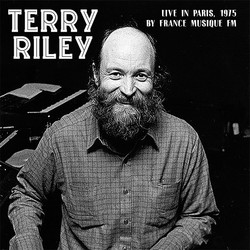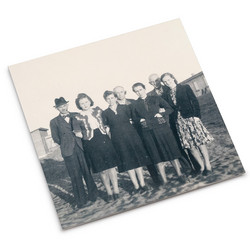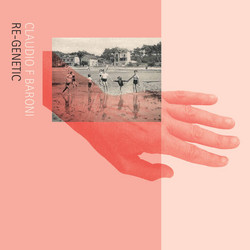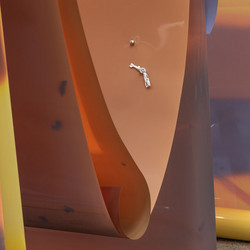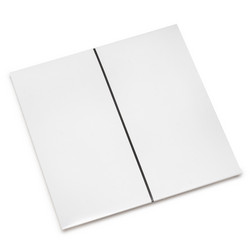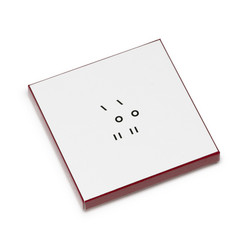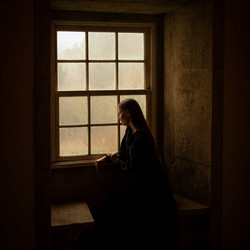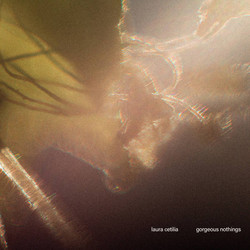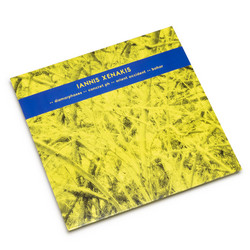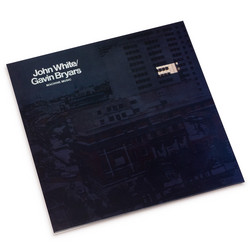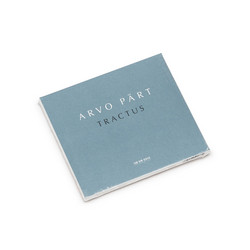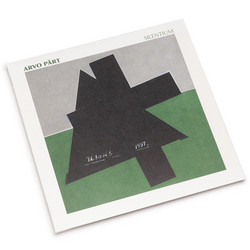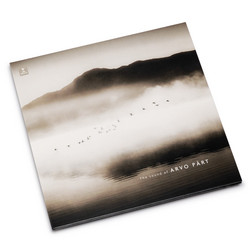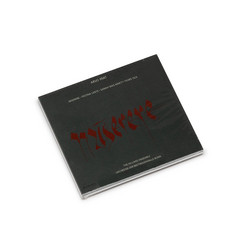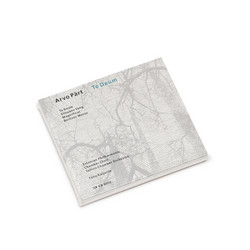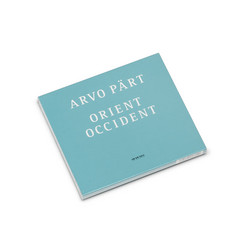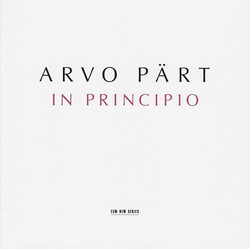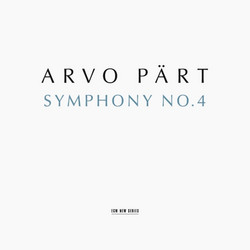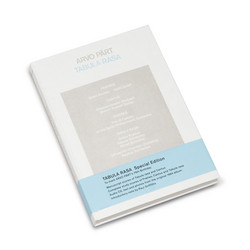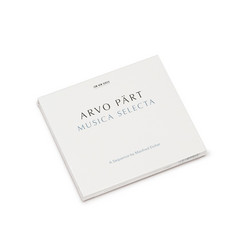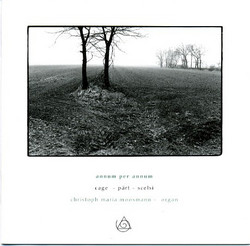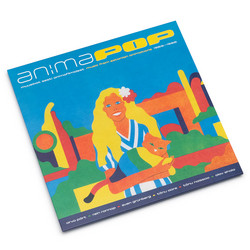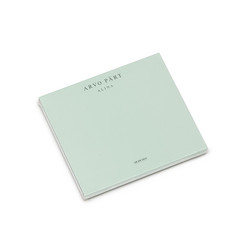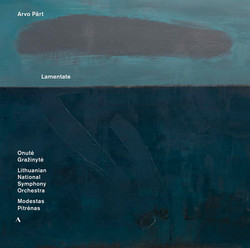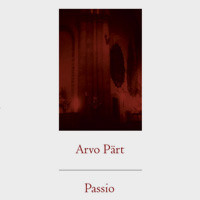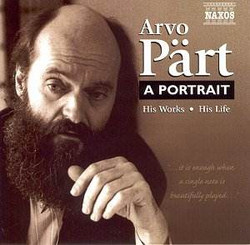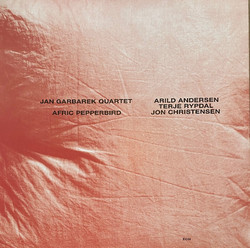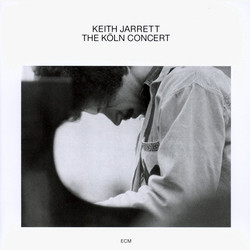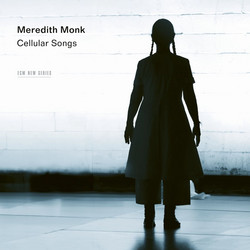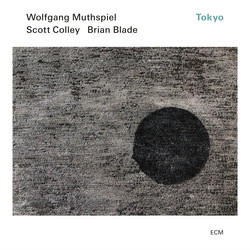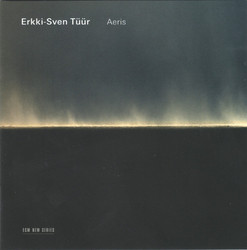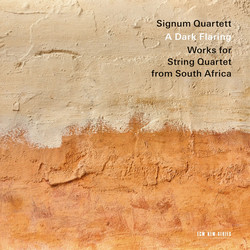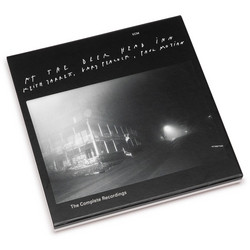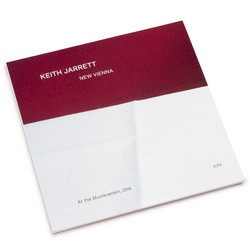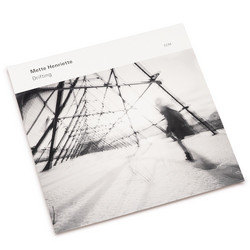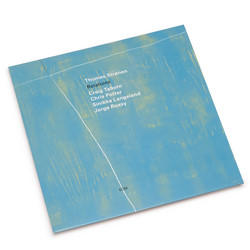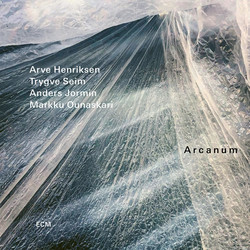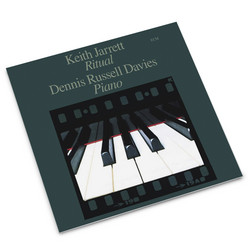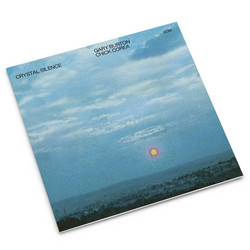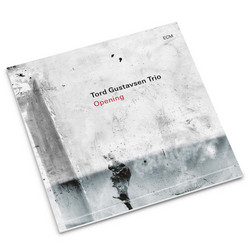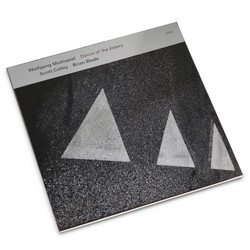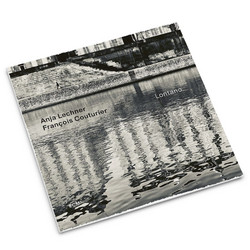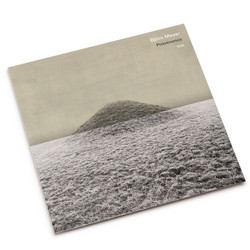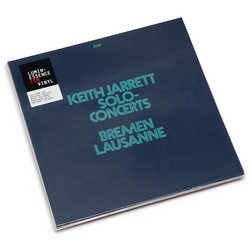*2024 stock. Deluxe packaging* The starting point for Litany was a commission received from the Oregon Bach Festival in Eugene, US. For this reason, Pärt selected an English text as the basis for his composition.
Arvo Pärt: “The English language lacks plasticity which is brought to music with long words. Working with a text in English, I had to make new discoveries and use melodic constructions that I normally don’t use in my music, to extract material from words and sentences. The text for Litany helped me a lot because it is already a finished musical form in itself.”
The author of this famous text is John Chrysostom (“the golden-mouthed”), an outstanding 4th century theologian, poet and philosopher. As the subtitle says, the text contains short prayers for every hour of the day. The 24 prayers are divided into twelve prayers for the day and twelve prayers for the night, where each hour is marked in the music with precise symbolism (the number of kettledrum beats, tubular bell strikes, notes in a cluster in the choir part, pitches in different tone rows, etc.). The twelve-hour cycles follow a similar dynamic plan, emerging from silence and growing to reach a culmination toward the end, to then fade again. All prayers start by turning to God: “O Lord…” and every sentence can be seen as a finished thought. This was the first piece since his Symphony No. 3 in 1971 that Pärt composed for a large orchestra.
Litany was premiered at the 25th Oregon Bach Festival in June 1994, performed by the festival orchestra and the Hilliard Ensemble, conducted by Helmuth Rilling, whom the work is also dedicated to.


